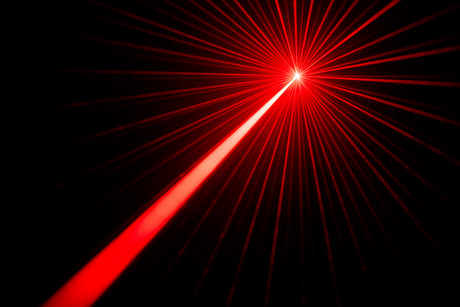Laser-scribed graphene improves sodium-ion battery capacity

Researchers at King Abdullah University of Science and Technology (KAUST) have found a way to improve the capacity of sodium-ion batteries, bringing them one step closer to potentially succeeding lithium-ion batteries in mainstream use.
One advantage of sodium-ion batteries is that they utilise a resource that is both more abundant and cheaper than lithium, at less than 1/30th of the cost. This makes them a particularly attractive prospect in Saudi Arabia, where sodium is readily available and easily extracted as a by-product of water desalination — a significant source of potable water in the country.
Yet normal graphite, the dominant anode material in lithium-ion batteries, struggles to store or intercalate sodium ions because sodium ions are larger than lithium ions. Hard carbon is a type of disordered graphite that can store more sodium ions, hence increasing battery capacity. The problem is that making hard carbon requires temperatures of almost 1000°C.
Now, Husam Alshareef and his team at KAUST have developed a process using a simple benchtop laser to make three-dimensional hard carbon directly on copper collectors without excessive temperatures or additional coating steps. The results of their work have been published in the journal Advanced Energy Materials.
The team formed a polymer (urea-containing polyimide) sheet on copper and then exposed this sheet to strong laser light. By introducing nitrogen gas during the process, the team could replace some of the carbon atoms with nitrogen atoms, reaching an extremely high nitrogen level (13 atomic percent), which is unattainable by other techniques. Thus, the three-dimensional graphene was more conductive, had expanded atomic spacing and was directly bonded to the copper current collectors, eliminating the need for additional processing steps.
“We wanted to find a way to make three-dimensional hard carbons without having to excessively heat our samples,” said Fan Zhang, a PhD student in Alshareef’s group. “This way, we could form the hard carbon directly on copper collectors.”
The researchers fabricated sodium-ion batteries using their laser-formed anode material. Their device exhibited a coulombic efficiency that exceeds most reported carbonaceous anodes, such as hard and soft carbon, and a sodium-ion capacity better than most previous carbon anodes in sodium-ion batteries.
According to Alshareef, the team’s work “opens a new direction in battery research, which can be extended to other energy-storage technologies”.
Predictive AI model enhances solid-state battery design
ECU researchers are working on ways to make solid-state batteries more reliable with the help of...
Boosting performance of aqueous zinc–iodine batteries
Engineers from the University of Adelaide have enhanced aqueous zinc–iodine batteries using...
Sodium-ion battery breakthrough boosts energy storage
Scientists have discovered that leaving water inside a key material, rather than removing it,...




